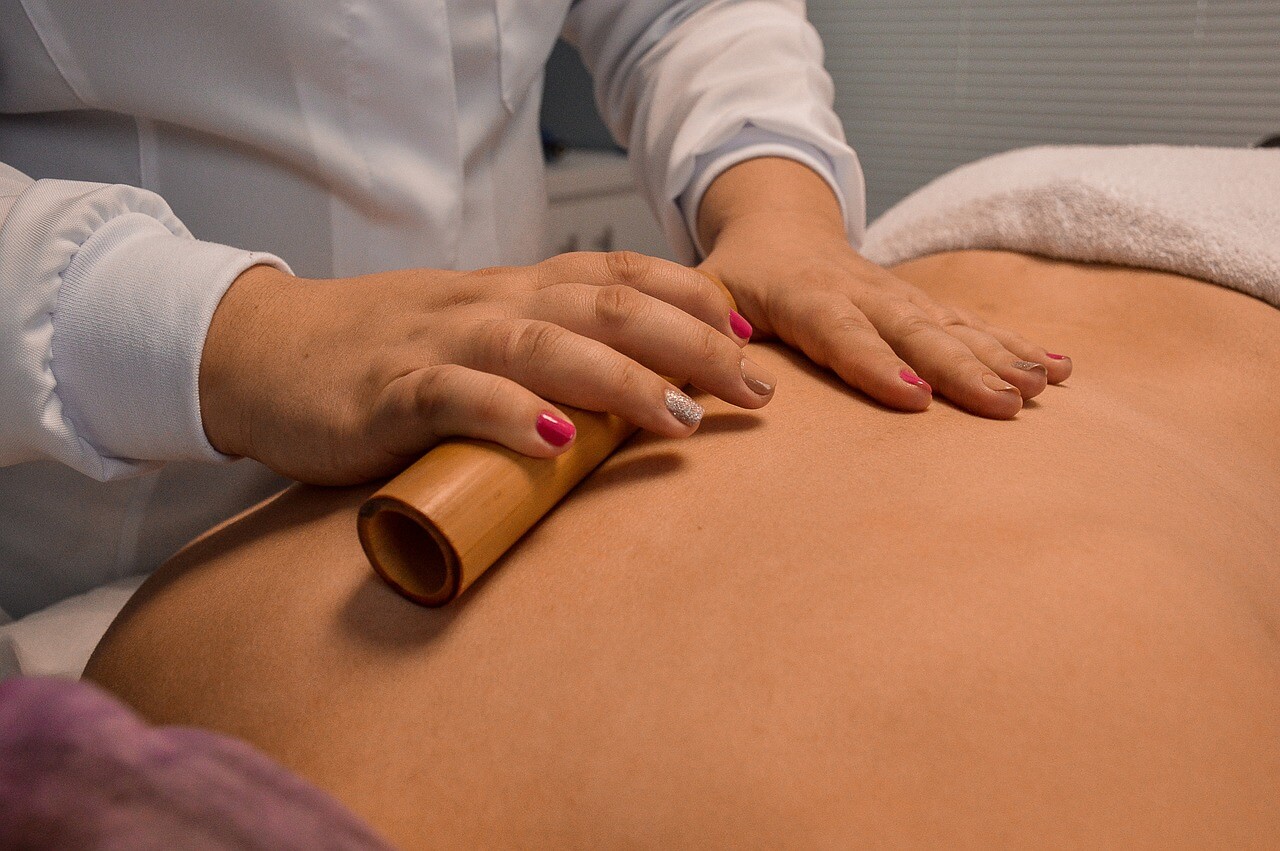You’ve probably never heard of maderotherapy, but this unique bodywork technique originating in Spain offers some seriously amazing health benefits. From reducing cellulite and improving circulation to alleviating anxiety and boosting mood, there are so many reasons to give this massage method a try.
What Is Maderotherapy?
Maderotherapy is an alternative therapy that uses wood to relieve stress and improve wellbeing. During a maderotherapy session, several small wooden tools are rubbed and massaged over the body. The wood (Madera in Spanish) is thought to have a soothing, calming effect.
Massage With Wooden Tools
The therapy uses handcrafted wooden tools like rolling pins, massage balls, and scraping tools. The wood is gently rolled, rubbed, and scraped over the skin using massage techniques. The wood is believed to release oils and fragrances that contribute to relaxation and stress relief.
A Natural Approach To Wellness
Maderotherapy is an all-natural approach to health and healing. No chemicals or medications are used, just wood and massage. It is thought to have several benefits like:
- Reduced stress and anxiety. The massage and wood fragrances are calming.
- Improved circulation. The massage techniques stimulate blood flow.
- Pain relief. The wood massage can ease tension and relieve sore muscles.
- Better sleep. The relaxation effects may help those with insomnia fall asleep faster and sleep more soundly.
Maderotherapy offers an alternative, holistic approach to wellness using the natural healing properties of wood and massage. Many find wood massage therapies like maderotherapy help to unwind and de-stress in a gentle, natural way.
The Health Benefits of Maderotherapy
Maderotherapy provides some impressive health benefits for both your physical body and spirit.
Stress And Anxiety Relief
The soothing warmth and gentle massage of maderotherapy helps relax your muscles and calm your mind. You can expect decreased feelings of stress and anxiety after just one session.
Improved Circulation
The massage techniques used in maderotherapy increase blood flow throughout your body. Better circulation means more oxygen is delivered to your cells and tissues, helping them function more efficiently. Improved circulation can also help reduce pain and speed healing.
Pain Relief
The heat from the wood, as well as the massaging motions, helps relax tight muscles and relieve tension. This can help reduce chronic pain from conditions like arthritis, fibromyalgia, and muscle strains or injuries. The increased blood flow also helps carry pain-relieving endorphins through your body.
Detoxification
Maderotherapy is thought to help remove toxins from your body through sweating. The heat causes you to perspire, releasing waste products and excess fluid. Staying hydrated after a session helps flush these toxins out of your system. Some believe maderotherapy may aid liver and kidney function and improve skin health over time.
The wood massage shows promise as an all-natural therapy for both physical and mental well-being.
How Often Should You Get A Massage?
Maderotherapy is a non-invasive treatment, so you can safely go as often as you like, but most people go 1-2 times per month. The frequency depends on your specific goals and health needs.
For general wellness and relaxation, once a month is a good place to start. This allows your body and mind to unwind and de-stress without overdoing it.
You may find going more often, such as 2-3 times per month, helps relieve chronic pain, muscle tension, or insomnia.
- Begin slowly and listen to your body. Start with just 1 session per month and see how you feel. You can always increase frequency over time as needed.
- For the best results, try to go at the same time and day each month. This establishes a routine and rhythm for your body. Maderotherapy is most effective when done consistently and regularly.
- Stay well hydrated and stretch gently after your session. This will enhance the benefits and keep your body flexible and supple.
- You may experience soreness or fatigue initially. This is normal and will subside over the first few weeks of regular treatments. Be sure to communicate with your maderotherapist so they can properly support you through this initial adjustment period.
When it comes to finding the ideal frequency for maderotherapy, it really depends on what your individual situation and needs are. The best thing to do is start slow and see how your body responds. Make sure to talk to your maderotherapist about how you feel so they can help you find a schedule that works best for you. Staying consistent but also being patient with yourself is going to be important.

What Tools Does The Therapist Use?
Your therapist may employ a variety of wooden tools as part of the treatment. Some common wooden tools used include:
- Rolling pins – Wooden rolling pins are used to roll over tight or knotted muscles to help loosen them up and relieve pain or tension. The rolling action can promote blood flow and release tension.
- Wooden massager – Therapists may use wooden massagers with various shapes and contours to apply pressure and massage different areas of the body. The smooth, rounded shape of the wood can make for a comfortable massage.
- Wooden sticks – Straight wooden sticks of various lengths and diameters can be used to apply pressure to specific points on the body. They provide a firm yet gentle means of applying targeted pressure.
- Wooden brushes (my favorite tool) – Brushes made of various types of wood with natural bristles are used to brush and stroke the skin, which can help stimulate circulation and relaxation.
- Wooden cups – Cupping therapy uses glass or wooden cups to create suction on the skin, which draws blood to surface muscles and can relieve pain and tension. Wooden cups are sometimes preferred.
Side Effects
Maderotherapy is generally very safe and gentle when done correctly. You should not experience any serious side effects. The most common side effects of maderotherapy are minor and temporary in nature.
In the first few sessions, you may experience some bruising where the wooden boards press into your body. This happens because maderotherapy improves blood flow, which can cause small blood vessels to leak under the skin. However, the bruises are normal and fade within a few days.
You may also feel dehydrated if you do not drink enough water before and after your maderotherapy sessions. Laying still and flat on the boards can increase fluid loss through sweat and evaporation. Be sure to drink plenty of water before your session and once you get up from the boards.
Ready For Your First Session?
From releasing muscular tension to improving circulation, this alternative therapy offers a natural way to help you feel your best. Why not give it a try and see for yourself? You’ve got nothing to lose except those pesky muscle knots. With an open mind and a willingness to try something new, you could discover your own path to better health and well-being through the healing power of wood.
I was a bit skeptical at first about getting rubbed down with wooden sticks. But man, once you experience the relief it provides, you’re sold. It’s become a regular part of my routine now to go a couple of times a month. There really is nothing better than having those wooden tools knead out all your stress. You should give it a try – I promise you’ll feel amazing afterward.








